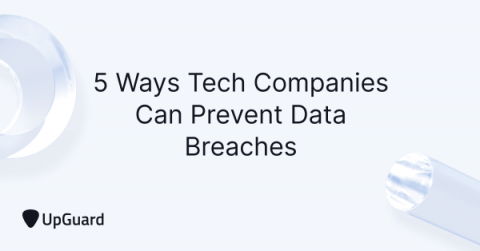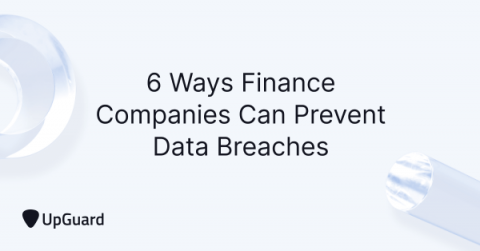Insiders cause 20% of data breaches
Apart from external attackers, organizations need to consider another type of threat when planning their cybersecurity strategy: insider threats. There are different types of insiders. On the one hand, there are people who have secret knowledge and unintentionally create risk openings within an organization; and on the other, there are others who intend to cause harm, motivated by profit, extortion, or personal grievance. This means insiders can be classified as follows.













